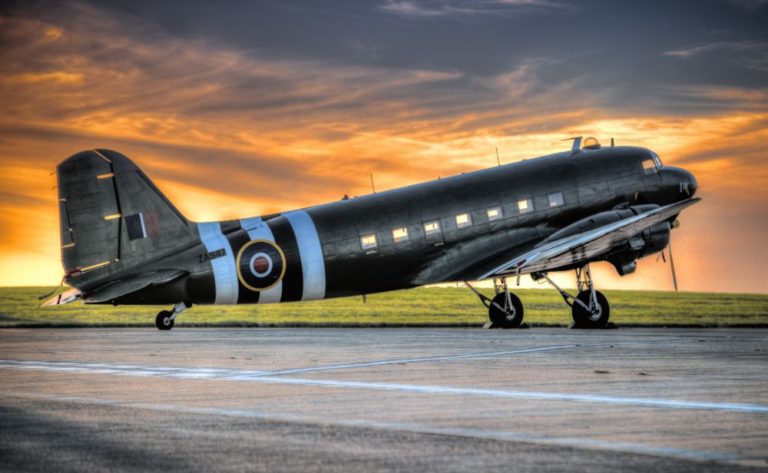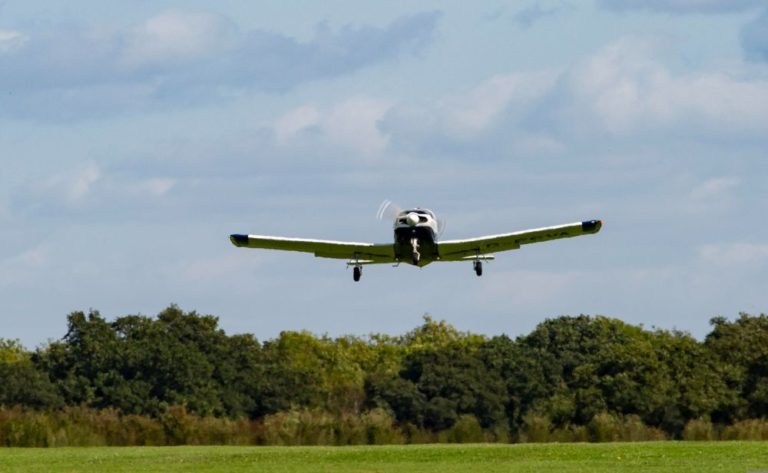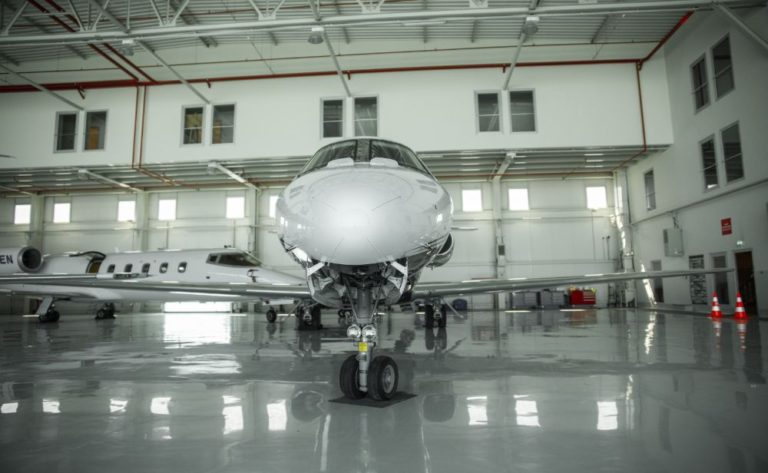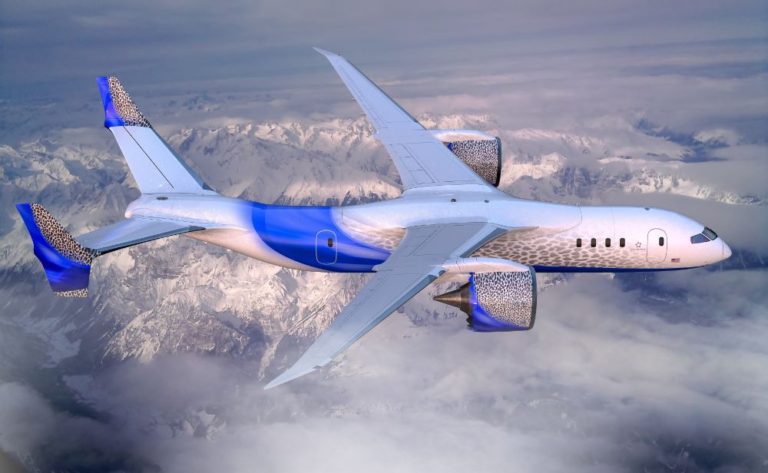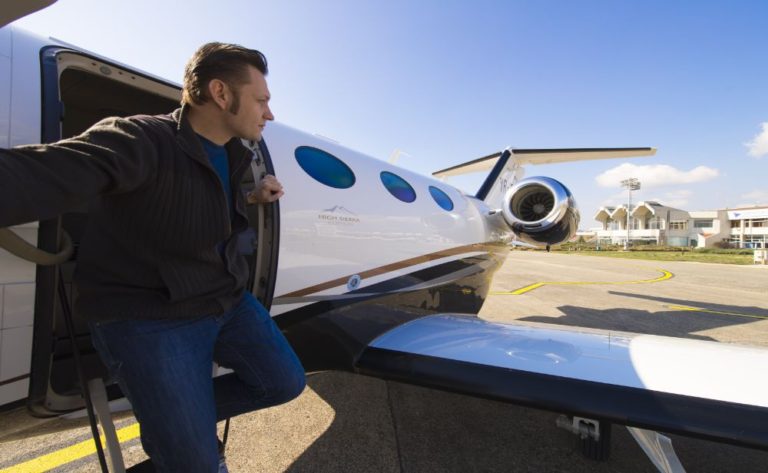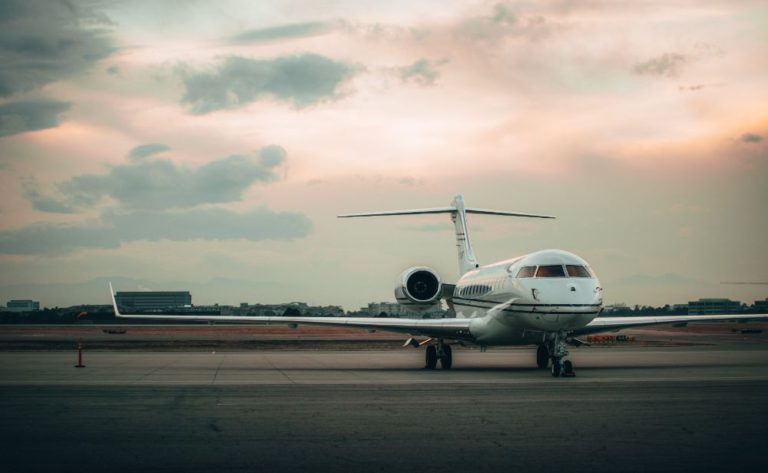Boeing 747-8 Intercontinental Airliner

The new 747-8 family of aircraft from Boeing is comprised of the 747-8 intercontinental, which is available in passenger and VIP versions, as well as the 747-8 freighter aircraft. As of the end of December in 2009, 107 orders had been placed for aircraft of the Boeing 747-8 intercontinental and Boeing 747-8 freighter models.
The airplane makes use of a significant number of the technologies that were created for the 787 Dreamliner. These technologies include the engines, the interior configuration, the flight deck technologies and equipment, and the wing configuration. These allow for large increases in passenger and freighter capabilities, as well as improvements in fuel efficiency, reductions in noise and pollution, and enhanced economics of operation.
In February of 2010, the 747-8 freighter successfully completed its maiden voyage for the first time. In March of 2011, the first test flight of the 747-8 intercontinental was successfully accomplished.
In December of 2011, Boeing was awarded approval for the 747-8 intercontinental aircraft by the Federal Aviation Administration (FAA).
There have been 107 orders placed for the 747-8 intercontinental passenger and freighter versions as of December 2012, and 40 aircraft have been delivered.
Boeing 747-8 programme
In November of 2005, Boeing began development on the 747-8 programme. 2006 marked the beginning of both wind tunnel and load testing. The delivery of the initial cargo variant was pushed back from late 2009 to the third quarter of 2010, and delivery of the intercontinental passenger variant was pushed back from late 2010 to the second quarter of 2011. These delays were revealed in November 2008 by Boeing.
However, in October 2009, Boeing revealed yet another delay, pushing back the delivery of the freighter aircraft to the fourth quarter of 2010 and the intercontinental version aircraft to the fourth quarter of 2011.
The delivery of the Boeing 747-8 freighter was further delayed until 2011 in September of 2010, when the delay was announced.
In February of 2011, at the Boeing facility located in Everett, Washington, the first 747-8 intercontinental was rolled off the production line.
Orders and delivery of Boeing 747-8
Although the 747-8 VIP variant of the 747-8 intercontinental passenger aircraft was not first revealed until October 2006, the launch customer, the government of Qatar, had already placed a contract for the aircraft in May 2006, months before the announcement.
By the end of December 2009, orders for 74 freighters had been placed with the following customers: launch customer Cargolux, based in Luxembourg (13 aircraft), Cathay Pacific (ten), Dubai Aerospace (15), Nippon Cargo Airlines (14), Atlas Air (nine), Korean Air (five), and Volga-Dnepr (five).
Because of the prolonged delay in delivery, Guggenheim Aviation Partners decided to cancel its order for four Boeing 747-8 freighters in January of 2011.
The forward production plans include simultaneously ramping up manufacturing of 747-8 aircraft while simultaneously scaling down production of the 747-400 series in order to reach completion and end production of that series. The final 747-400 was delivered to its owner in the beginning of 2009.
Arik Air made an order for two 747-8 international aircraft in October 2011, with a total value of $635 million.
Cargolux received the first 747-8 freighter in October 2011, while Lufthansa was the first airline to receive a 747-8 passenger aircraft in May 2012.
The first of five Boeing 747-8F aircraft was delivered to Volga-Dnepr in January 2012, while the second of those aircraft arrived in April of the same year. In February of 2012, Korean Air took delivery of their very first 747-8F aircraft.
In February of 2012, a 747-8 VIP variant was delivered to a buyer who requested anonymity.
In July of 2012, Boeing handed over to Nippon Cargo Airlines the first of 14 747-8F aircraft that it had ordered.
Evaluation of the 747-8 airliner’s performance
The aircraft is able to operate from about 200 airports throughout the world, making it suitable for hub-to-hub as well as hub-to-point routes.
With a range of 14,815 kilometres (8,000 nautical miles), it is possible to establish a direct connection between the airports of virtually any major city pair in the globe, including New York and Hong Kong, Los Angeles and Mumbai, and London and Singapore.
The aircraft makes use of the same pilot type ratings as the 747, as well as many spares and services already available for the 747 and the majority of the ground support equipment.
According to Boeing, the 747-8 intercontinental has a seat-mile cost that is 10% lower and 15% more fuel efficient than the 747-400, with roughly identical trip expenses. The stage 4 standard as well as the QC2 standard’s noise criteria can be satisfied by either version of the 747-8.
Building of 747-8 aircraft currently in progress
Both the passenger and freighter variants have the same overall dimensions and are constructed entirely out of aluminium, rather than using any kind of composite material.
The cockpit of this aircraft has been modernised, and its wings have been redesigned to include raked wingtips, spoilers, ailerons, double-slotted inboard flaps, and single-slotted outboard flaps, among other enhancements. The span of the wings is 68.5 metres.
The cockpit of a Boeing 747-8
Instead of fly-by-wire controls, the Boeing 747-8 aircraft use conventional controls.
Autopilot and navigation systems with GPS landing system; WXR-2100 MultiScan hazard detection system; communication, navigation, surveillance, maintenance, emergency, and data management systems are all provided by Rockwell Collins. This new avionics suite was provided by Rockwell Collins and includes: DU-7001 LCD displays upgraded electronic checklist with cursor control panel, navigation performance scales and vertical situation displays.
747-8 executive and VIP aircraft
The 747-8 VIP aircraft, which was introduced in 2006, can normally hold between eight and one hundred passengers depending on the configuration. The interior of the cabin, which spans 63.25 metres in length, 6.12 metres in width, and 2.39 metres in height, can be partitioned into executive or opulent rooms and suites.
The maximum range is 17,600 kilometres when there are eight people, and 17,150 kilometres when there are one hundred passengers.
Intercontinental passenger aircraft
A standard three-class layout can be found on the intercontinental passenger aircraft, which means it can hold 467 passengers.
The cabin of the 747-8 intercontinental utilises components that were derived from the 787 Dreamliner. These components include the curved, upswept architecture as well as innovative lighting technologies. A stairway leading to the upper deck can be found in the passenger entrance. The new windows are significantly more spacious compared to the ones on the 747-400. (38cm high x 27.3cm wide).
The intercontinental has a total cargo capacity of 161.5 m3, which allows it to store seven pallets and sixteen LD-1 containers in addition to additional bulk storage space of 19.2 m3.
The maximum range of the Boeing 747-8 Intercontinental is 14,815 kilometers, and it has a maximum fuel capacity of 243,120 liters (64,225 gallons) (8,000nm).
747-8 freighter
In November of 2005, the cargo aircraft was introduced, and customers immediately placed orders for 18 aircraft.
The total capacity of the freighter for carrying cargo is 854.3 m3. The volume capacity of the main deck is 688.8 m3, and it can hold 34 pallets measuring 2.4 meters by 3.2 meters, with 27 of those pallets measuring 3 meters in height.
The lower hold has a volume capacity of 165.7 m3, which allows for the storage of 12 pallets measuring 2.4 meters by 3.2 meters, two LD-1 containers, and 14.7 m3 of bulk storage.
The greatest amount of fuel that the 747-8 freighter can carry is 229,980 liters.
In comparison to the 747-400, the freighter aircraft has a range of 8,130 kilometers and a cargo volume that is 16% larger. 134.2 tones is the highest structural payload capacity that can be supported.
The wings of the aircraft house each of the aircraft’s four engines. The aircraft will be powered by General Electric’s next-generation GEnx-2B67 engine, which was chosen as the Powerplant for the aircraft. The GEnx engine that was created for the Boeing 787 Dreamliner was used as the basis for the design of the 747-8 aircraft’s engine, albeit with some minor design changes. The thrust produced by the engine is 66,500 pounds.
To achieve fewer emissions, the engine has composite front fan blades with a diameter of 105 inches, a high-pressure ratio compressor, and a twin-annular pre-swirler combustor.
The design of the combustor allows for effective mixing of the fuel before to ignition, which results in reduced levels of nitrogen oxide and an increased service life.
The dual turbine system has a primary turbine that operates at a high pressure and a second turbine that operates at a low pressure and rotates in the opposite direction. This results in enhanced fuel burn characteristics.
Spirit AeroSystems, Inc. is responsible for the development and production of the engine struts and nacelles, while Middle River Aircraft Systems (MRAS) is responsible for the development and production of the thrust-reverser system.
